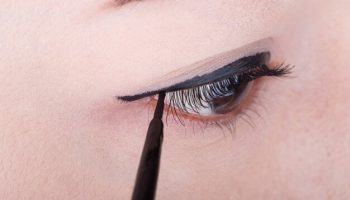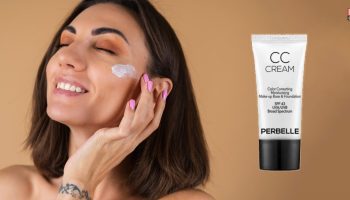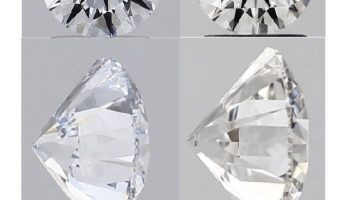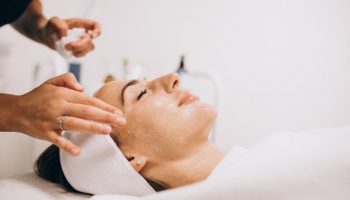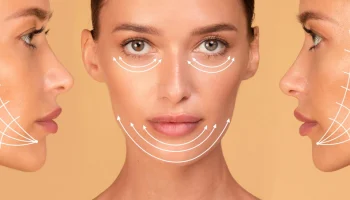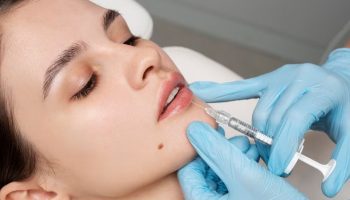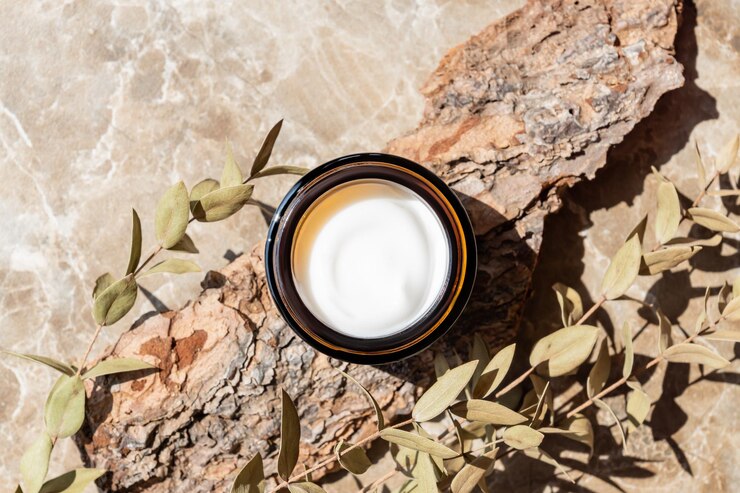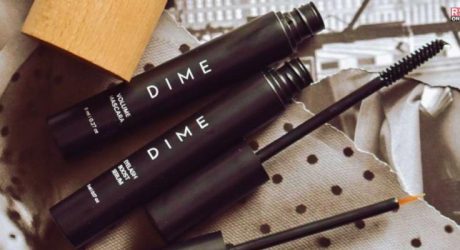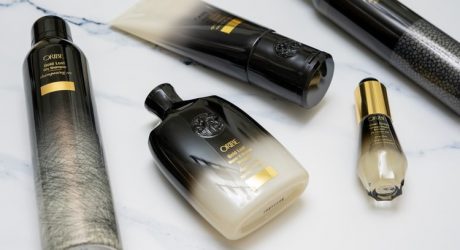Peptides are natural amino acids; they are collagen’s fundamental building blocks. Because of this, they are often used in skin care treatments meant to delay the effects of aging.
The quantity of collagen in the skin while young gradually diminishes as organisms age, which is why the skin thins and develops wrinkles.
Peptides developed in the lab have shown promise as a skin cream component that may promote skin development and healing. You can find the best peptides for skin at Biotech Peptides.
Here we have pointed out some examples of the Best Anti-Aging Peptides.
5 Names of Best Anti-Aging Peptides
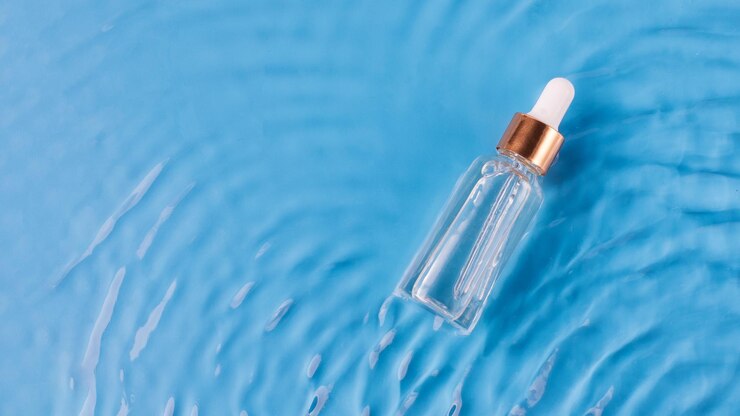
1. Pentapeptides
Loss of the skin’s ability to regenerate is a common side effect of becoming older. Pentapeptides, which include a lipopeptide (fatty acid) in addition to five amino acids, may be used to promote new collagen development and aid in skin healing.
Among the family of pentapeptides, palmitoyl pentapeptide-3 is the only one with its trademark: Matrixyl 1. For this reason, this peptide is often included in anti-wrinkle treatments since it encourages the skin’s deeper layers to produce collagen and hyaluronic acid—natural skin healers abundant in the skin of a younger subject.
One study by an ingredient producer found that palmitoyl pentapeptide performed better than a product containing vitamin C or Retinol, but further independent research is needed to establish its usefulness.
2. Hexapeptides
Chains comprising six amino acids are called hexapeptides. It is claimed that acetyl hexapeptide-3, a particular hexapeptide bonded to acetic acid, may ease the appearance of fine lines and wrinkles on the face.
Manufacturers of anti-wrinkle creams claim that this peptide may reduce the appearance of fine lines and wrinkles, producing results comparable to those achieved with botulinum toxin injections.
Acetyl hexapeptide-3 is preferable to Botox since it does not need injections and may be used on the whole face. The peptide compound known as Argireline is a registered trademark.
3. Palmitoyl Oligopeptide
Similar to palmitoyl tetrapeptide-7, palmitoyl oligopeptide stimulates the dermal synthesis of collagen and hyaluronic acid 3. This substance’s ability to shield skin from the sun’s harmful UV rays makes it a desirable addition to facial moisturizers.
Palmitoyl oligopeptides may be used as a supplement to sunscreen to protect sensitive facial skin from the sun.
4. Palmitoyl Tetrapeptide-7
Formed from a chain of four amino acids and palmitic acid, a fatty acid that facilitates the peptides’ penetration into the skin, palmitoyl tetrapeptide-7 was formerly known as palmitoyl tetrapeptide-3.
This peptide may be beneficial to combat inflammation, the underlying cause of aging skin’s loss of elasticity and subsequent wrinkle formation. Palmitoyl tetrapeptide-7 has been shown to inhibit the formation of inflammatory mediators, and it may also promote skin regeneration.
5. Copper Peptides
Protein fragments known as peptides mixed with copper have been shown to promote skin regeneration and wound healing. As a result of their capacity to make the skin more elastic and firm, they are included in a wide variety of anti-aging remedies.
The University of Maryland Medical Center advises against applying copper to the skin in any form other than peptides that bond with the metal.
Peptides like Argireline and Matrixyl are often included in “anti-aging” products like those sold in stores. Peptides are protein fragments with unique cellular interaction and cellular-effect properties.
Many anti-wrinkle creams include both of these ingredients, which are thought to work synergistically to keep skin looking young. As a rule, these two peptides are mixed with additional substances, such as vitamins and supplements to produce collagen.
Although both Argireline and Matrixyl are synthetic peptides, their effects on the skin couldn’t be more different.









